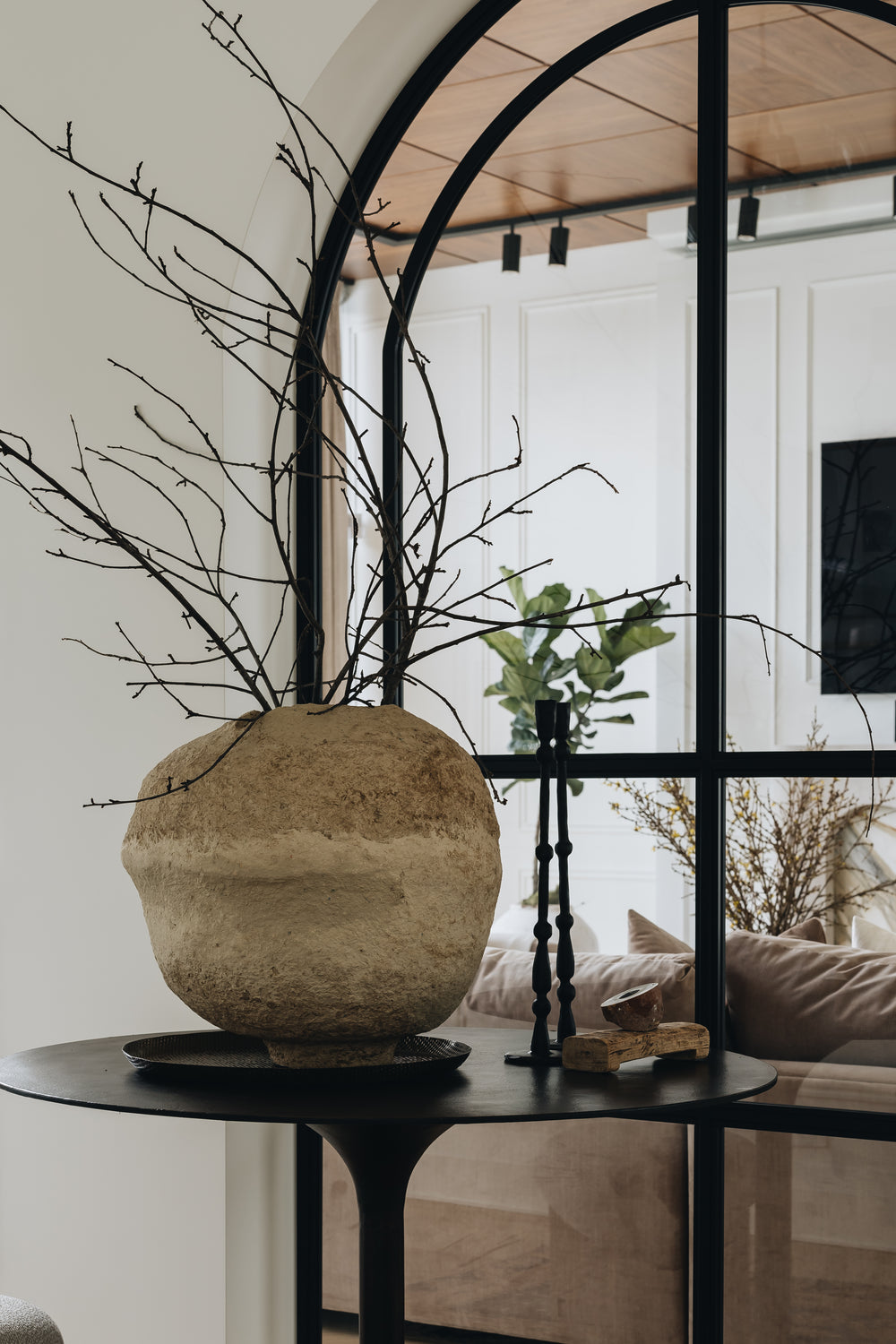
A little history; the glass partition through time
For centuries, interior glass roofs have made their mark on the world of architecture and design, creating spaces that are both functional and aesthetically captivating. The history of these architectural elements dates back to ancient times, where the Romans and Egyptians already used glass to create translucent openings in their buildings, allowing natural light to penetrate their interiors.
It was during the medieval period in Europe that interior glass roofs took on a new dimension. Master glassmakers of the Gothic era perfected the art of creating stained glass windows for churches and cathedrals. These colorful stained glass windows, often used to illustrate biblical scenes, were truly luminous works of art, using daylight to project a vibrant color palette into sacred spaces.
Over time, this artistic approach to glass has evolved to suit different architectural styles. The Renaissance era saw the introduction of more elegant glass roofs in royal homes and noble residences. Using lead to divide the glass into panels allowed more complex compositions to be created, with floral and geometric designs. The glass roofs thus became elements of ornamentation and distinction within the interiors.
The 19th century brought the rise of industrial architecture and the Art Nouveau movement, highlighting the connection between art and nature. The glass roofs, which are closer to what we know today, have been integrated into public spaces such as train stations and department stores.
Today, interior glass roofs remain prized for their distinctive architectural character. They embody a symbiosis between functionality, allowing light to circulate while offering vocations delimited in space. Their use extends beyond traditional homes, incorporating workspaces, industrial lofts, trendy cafes and contemporary hotels.
What makes interior skylights so coveted is their ability to blend harmoniously with various types of architecture. Their adaptability stems from their versatile nature: they can blend discreetly into a minimalist decor using clean lines and contemporary materials, or add a touch of character in an industrial environment by combining popular materials such as metal and glass.
Interior glass roofs continue to fascinate with their rich history and their ability to transcend eras and architectural styles. By blending light, art and functionality, they evoke the very essence of architecture, connecting the past with the present while offering a brilliant glimpse into the future.

